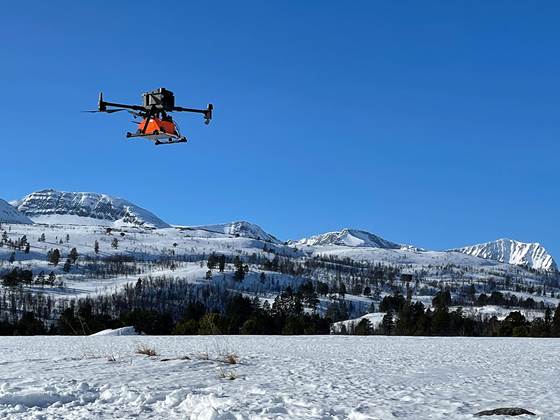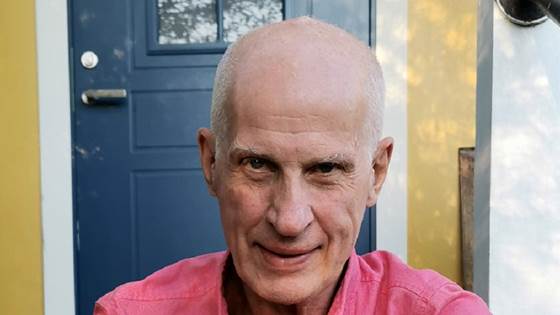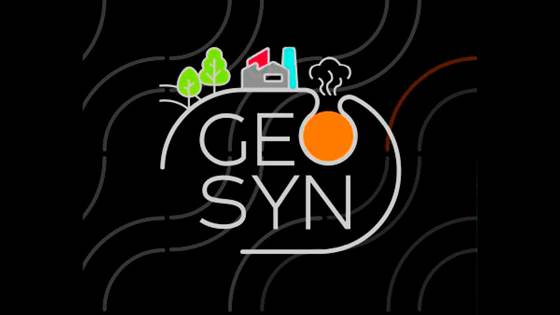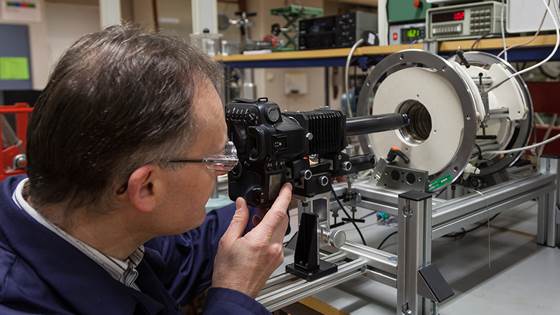
Drone Laboratory
SINTEF Drone Laboratory is an arena for development of drone hardware and software.


Such storage will be crucial if we are to halt climate change, which is already costing us enormous sums of money and causing suffering for humans and animals.

Far below the earth’s surface is an energy source with huge and perpetual potential: geothermal heat. But the forces in its scorching and inhospitable depths must be tamed. Now scientists know what that will take.

He’s been called the father of carbon capture and storage in Norway – but Erik Lindeberg isn’t resting on his laurels. At 76, he’s still crusading to make sure this technology is put to use as quickly and comprehensively as possible, to help the...

The project improves industrial energy efficiency by integrating geothermal energy with high-temperature heat pumps and heat-driven cooling systems, ensuring environmental sustainability and operational flexibility.

Increased understanding of wetting processes in oil reservoirs is crucial for optimising operational decisions in oil recovery.

The collaborative project AMBIOS aims to develop the world's first fully autonomous platform for multi-layer mapping of biodiversity in the marine space and validate it on selected use cases in Mid-Norway.